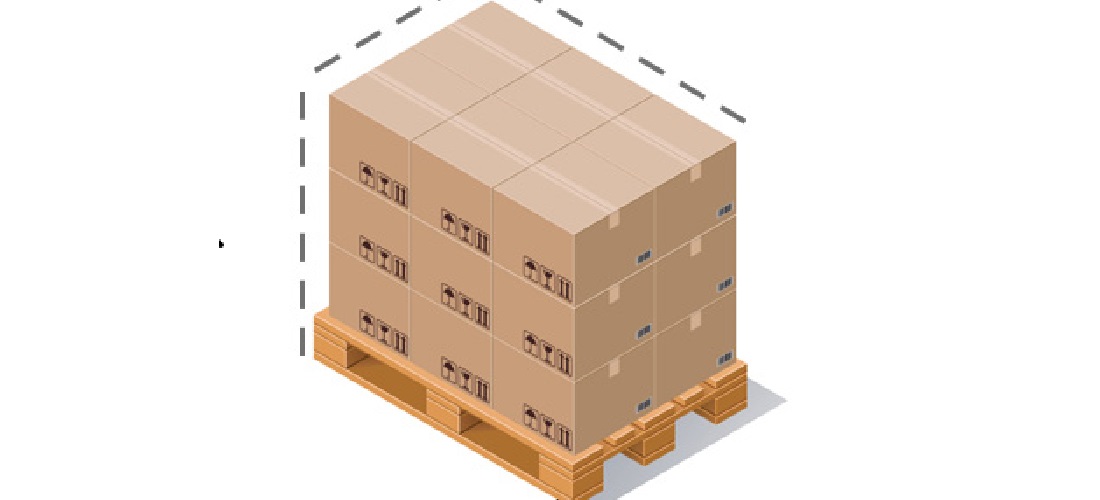
Cubage
Mar, 22, 2023Cubage – or cubic capacity – is a common cargo shipment terminology. It refers to the ratio between product weight and the space it occupies at any given transportation modal, like a truck or a vessel. The calculation of the volume of an object, in other words, its cubage is done using a simple mathematical formula: length x height x width. In short, cubage measurement is used in shipping to avoid keeping the storage area full without using its total weight capacity. All things considered, caution is necessary given that the cubage concept is based on density and not on the cargo’s size.
Cubage is pivotal to cargo shipment planning as it defines what is the best cargo arrangement for each vessel or vehicle. In order to achieve that, there are two main points:
- avoid transporting cargo that is voluminous but small in weight, which would result in waste of load capacity measured in gross kilograms;
- avoid carrying small but heavy volumes. That, in turn, would result in lots of unused space within the storage area by virtue of the predetermined weight limit.
In addition to cubage, another measurement commonly used in the transportation sector is cubic weight, which helps calculate shipment rates by comparing gross and cubic weight. The one with the higher measure equals the rate charged.
As for the cubage factor, it is a constant number that corresponds to a cubic meter inside the vehicle. The cubage factor is formulated based on what is deemed ideal for cargo and it varies from transportation modal to transportation modal. By convention, we use:
- 300kg/m³ in ground transportation;
- 166.7 kg/m³ in air transportation;
- 1,000kg/m³ in maritime transportation.
-
Other Cargo
Feb, 14, 2023
0
European Union offsets losses in Brazilian footwear exports to USA and Argentina
-
Ports and Terminals
Oct, 30, 2024
0
Paranaguá Container Terminal aims to attract more cotton shipments
-
Ports and Terminals
Feb, 06, 2024
0
MPor and Antaq to assess feasibility of access channel concession in the Amazon River
-
Grains
Nov, 28, 2022
0
Brazil to export 1,850 mln tonnes of rice in 2023/24 market year, says consultancy

